Best Seoul Attractions
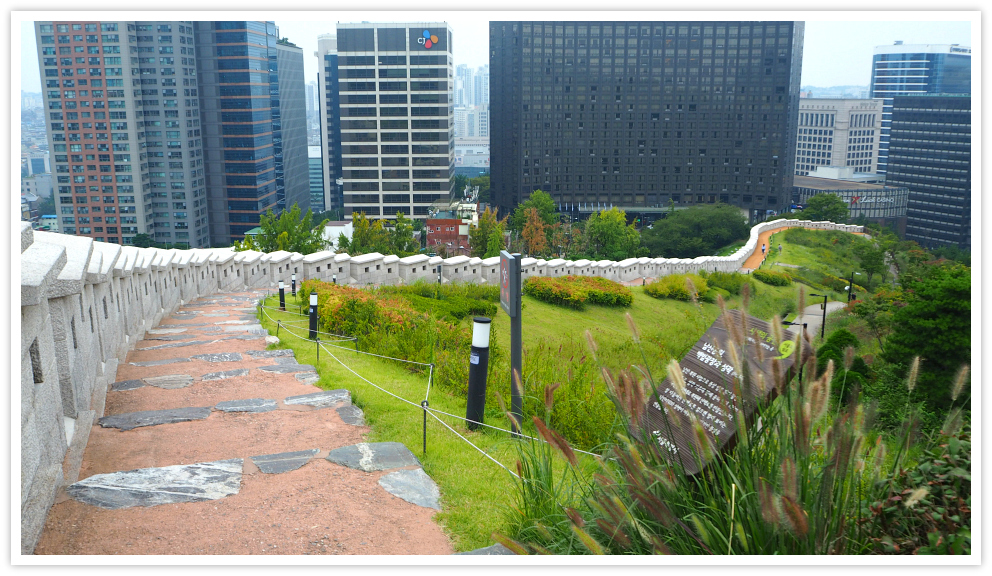 Seoul City Walls, Namsan
Seoul City Walls, Namsanbest seoul attractions
Best Seoul attractions capture visitors' travel bucket list. It is not enough to describe the best sites of Seoul in words. But, it would help you imagine how it really looks and feels like in reality.
Below, you can see brief descriptions of Seoul's best travel destinations. I hope you will like them...
gyeongbokgung palace
Descriptions:
Gyeongbokgung Palace is the largest Korean palace in Seoul. It was built in 1395 as the main royal palace of the Joseon Dynasty period.
It used to have 7,700 rooms but were destroyed by fire and wars during the Japanese invasion in 1592. Around 500 buildings were built, mostly destroyed but restored again. Major restorations were ongoing since 1990.
Inside the original 40-hectare palace area, you can also find two museums: the Palace Museum and the National Folk Museum of Korea.
Attractions: king’s reception building, crowning, assembly area; assembly hall; pond (Koi Fish, Lotus Flower); Cherry Blossoms, pine trees, spacious green grass grounds, queen’s hall, etc.
Admission Fee:
Adults (ages 19-64): 3,000 won / Groups (10 people or more): 2,400 won
Children (ages 7-18): 1,500 won / Groups (10 people or more): 1,200 won
Free admission: Preschoolers (age 6 and younger), seniors (ages 65 and older), people wearing hanbok, the last Wednesday of every month (Culture day)
Getting There:
Subway: Gyeongbokgung Station (Seoul Subway Line 3) and Exit 5.
Anguk Station (Seoul Subway Line 3) and Exit 1.
Buses: Take Bus Numbers: 1020, 7025,109, 171, 172, 601 or 606. Then get off at Gyeongbokgung Palace Bus Stop.
Take Jongno Bus No. 11 and then get off at the National Folk Museum of Korea Bus Stop.
My Article: Gyeongbokgung Palace
Descriptions
Jongmyo Shrine is where memorial services for the dead Korean kings and queens during the Joseon Dynasty in 1392-1897.
This shrine is the oldest royal Confucian royal shrine that continued to perform rituals since 14th to the 19th century.
Jongmyo Shrine was listed to the UNESCO World Heritage in 1995. It used to be connected to Changdeokgung Palace and Changgyeonggung Palace but separated when the Japanese built a road.
Now, Jongmyo Shrine is one of the most visited places in Seoul (and Korea), and they provide guided tours in various languages.
Attractions: Re-inaction of the Confucian ceremony, king and prince’s hall, old buildings, spirit halls (where the names of deceased kings and queens are kept on wooden blocks); pond, green gardens, old trees, etc.
Admission Fee:
Adults (ages 19 and over): 1,000 won / Youth (ages 7-18): 500 won
Free: If the visitor is wearing hanbok
Getting There:
Subway: Take Seoul Subway Line 1, 3, or 5) then get off at Jongno 3(sam)-ga Station and go out from Exit 11.
Buses: Take Bus numbers: 111, 201, 260, 262, 270, 271, 721, N15, N62 or 9301 and get off at Jongno 4(sa)-ga.Jongmyo Shrine Bus Stop
My Article: www.koreattrack.com/jongmyo-shrine/
changgyeonggung palace
Descriptions:
An ancient structure, built in the mid-15th century, the palace was built by King Sejong for Taejong, the king’s father.
Changgyeonggung Palace’s buildings were mostly destroyed by the invading Japanese troops many times trying to subdue it in the late 16th century.
The Japanese army destroyed it again in the early 20th century to make way for a modern park to showcase Japan’s Ueno Park of the empire. During the occupation period, a zoo, botanical garden, and a museum were built.
Attractions: Honghwamun (Main gate), Okcheongyo Bridge (built in 1483), Myeongjeongjeon (main hall of the palace, first established in 1484), Munjeongjeon Hall (council hall; used to enshrine royal tablets after funerals), Haminjeong Pavilion, Chundangji (two ponds, etc.
Admission Fee:
Korean Adults (ages 25-64): Individual 1,000 won / Group (10+ people): 800 won
International
Adults (ages 19 and older): Individual 1,000 won / Group (10+ people): 800 won
Teenagers & Children (ages 18 and younger): 500 won
* Free admission: Preschoolers (ages 6 and younger), visitors wearing hanbok, all visitors on the last Wednesday of each month
Getting There:
Subway: Take Seoul Subway Line 3 then get off at Anguk Station and out from Exit 3. Go straight along Yulgok-ro for around 1 kilometer, then turn to your left towards Changgyeonggung-ro (road). Then walk about 300 meters to find the main entrance to your left hand side.
Buses: Take any of the following bus numbers that stop at Changgyeonggung Palace, Seoul University Hospital Bus Stop.
Bus numbers: 100, 102, 104, 151, 171, 272, 301, 601 710
Airport Bus: 6011
My Article: (coming out soon)
jogyesa temple
Descriptions
Jogyesa Temple was first built in the late 14th century of the Goryeo Period. It was destroyed by fire but rebuilt with the name Gakhwangsa Temple in 1910.
Jogyesa Temple is the head temple of Jogye Buddhism order. In 1954, the Jogye monks were cleaning up and removed Japanese influences and revived the traditional Korean Buddhism features.
Nowadays, Jogye Temple is not only good for worship but also beautiful during the Spring and Fall seasons. Its Dharma Hall is the main venue for most events including rituals, lectures, ceremonies, and its yearly religious activities.
Attractions: traditional hanok style temples, huge Seated golden Buddha statues, Buddha’s birthday festival, and its colorful lanterns, various flowers, Lacebark Pine Tree, etc.
Admission Fee: FREE
Getting There
Subways:
Jonggak Subway Station: Take Subway Line 1 then go out at Exit 2. Walk around 70 meters forward, then cross the street, continue walking for another 100 meters to find the main gate of Jogyesa Temple.
Angguk Subway Station: Take Subway Line 3, get off at this station then take Exit 6. Walk for about 50 meters, then cross the street in front of Dongdok Art Gallery. In about 50 meters ahead you can see Jogyesa Temple.
Gwanghwamun Subway Station: Take Subway Line 5 and then get off at this station and out from Exit 2. Walk for about 150 meters forward to reach a street leading to the temple which is between YTN Parking Tower and Hana Bank.
See My Article: Jogyesa Temple
national folk museum of korea
Descriptions
National Folk Museum of Korea showcases the history and traditional way of life of the Korean people. The museum features an array of educational and entertaining replicas of Korean pasts.
The museum was established on November 8, 1945. It houses three main exhibition halls with about 98 thousand artifacts.
Also, the museum has newly-built outdoor exhibitions. These include replicas of stone posts of the ancient spirit-worshippers. The stone artifacts and replicas showcase traditional Korean officials, fertility symbols, grinding mills, a traditional Korean house, and daily life tools.
Attractions: traditional replicas of Korean culture; farming tools, clothing, traditional home furnishings, wedding and burial replicas, sculpture and carvings of ancient guardians, musical instruments, etc.
Admission Fee: Free you if paid the entrance fee for Gyeongbokgung Palace. Wearing the ‘hanbo’ (traditional Korean clothing) gives you free entrance.
Facilities: lecture room, resource room, museum souvenir shop, washrooms, cafeteria, resting area
Getting There
Subway
Take Seoul Subway Line 3 and get off at Gyeongbokgung Palace Station and out from Exit 5. Alternately, take Seoul Subway Line 3 and then out from Exit 1 of Anguk Station.
Also, you can take Seoul Subway Line 5, then out from Exit 2 of Ganghwamun Station.
Bus
Take a Maeul Bus Jongno 11and then get off at Jeongdok Libray Bus Stop or National Folk Museum of Korea Bus Stop.
See My Article: National Folk Museum of Korea
insadong cultural street
Descriptions
Insadong Street area (since 57 B.C.-66 A.D.) is where you can go shopping some souvenirs for your loved ones and friends. What is good about the area is that it is close to the main attractions located in Gwanghwamun area (such as the Gyeongbokgung Palace)
Besides, you can also dine at the traditional Korean restaurants. Then you can drink from various choices of traditional Korean teas.
So, as souvenirs, you can purchase anything local such as hanbok (traditional clothing for adults or children), traditional teas, traditional crafts, hanji (traditional paper), accessories, postcards, chimes, among many choices.
Also, although it is a fading tradition of Insadong, you can still buy antiques, pottery, paintings, and other work of arts by traditional artisans.
Attractions: cultural parade and performances, traditional shops, traditional restaurants and cafés, folk crafts, galleries, restaurants, and varied accessories.
Admission Fee: FREE
Getting There
Take Subway Line 3 and get off at Anguk Station and out from Exit 6. Around 50 meters from the exit, you will find the Insadong Tourism Information Center. The center offers tourist information, interpretation services, information on accommodations, events, and performances.
See My Article: Insadong Cultural Street
changdeokgung palace
Descriptions
Changdeokgung Palace is the second royal villa constructed when Gyeongbokgung Palace’s construction began in 1405.
Among the five royal Joseon Dynasty palaces, it is the most well-preserved palace which is composed of open areas, royal residence building, rear garden.
Kings used Changdeokgung Palace as their residence, but it suffered destruction due to fire. It was rebuilt in 1611. The palace got enlisted to the UNESCO Cultural Heritage in 1997. The structures, gardens, spaces, and historical value of the palace makes it one of the most visited places in Seoul area.
Attractions: Halls, pavilions, gardens, fountains, cherry blossoms, 300-year old tree, serene atmosphere, gates
Admission Fee:
Adults (ages 25-64): 3,000 won / Group (over 10 people): 2,400 won
Students (ages 24 and under): Free (* Except for foreign visitors)
* Huwon Tour
Adults (ages 25-65) 8,000 won
Young adults (ages 19-24) 5,000 won
Children and Teenagers (ages 7-18): 2,500 won
Groups of 10 people or more: 7,400 won
Getting There
Subway: Take Seoul Subway Line 3 and get off at Anguk Station, then get to Exit 3. Walk towards the east for more or less than 5 minutes to arrive at its conspicuous entrance.
Buses: Take any of the buses below and get off at Changgyeonggung Palace Bus Stop.
Blue Buses: 100, 102, 104, 106, 107, 108, 140, 143, 150, 151, 160, 162, 301, 710
Airport Bus: 6001
Read My Article: Changdeokgung Palace
Note: This is a living article. It means that more exciting and best Seoul attractions will be added to this.
Dongdaemun Design Plaza
Descriptions:
Attractions:
Admission Fee:
Getting There:
Read My Article: Dongdaemun Design Plaza
National Museum of Korea
Descriptions:
Attractions:
Admission Fee:
Getting There:
Read My Article: National Museum of Korea
Banpo Bridge Rainbow Fountain
Descriptions:
Attractions:
Admission Fee:
Getting There:
Read My Article: Banpo Bridge Rainbow Fountain
Namdaemun Market
Descriptions:
Attractions:
Admission Fee:
Getting There:
Read My Article: Namdaemun Market
Sungnyemun Gate (Namdaemun Gate)
Descriptions:
Attractions:
Admission Fee:
Getting There:
Read My Article: Sungnyemun Gate
Seoul Gwanghwamun Square Plaza
Descriptions:
Attractions:
Admission Fee:
Getting There:
Read My Article: Gwanghwamun Square Plaza
N Seoul Tower
Eunhyeongung Royal Palace
Wax Museum
Seoul Trick Eye Museum
Famous Seoul Mountains
Famous Seoul Museums
Thanks for reading. Have a fantastic day!
Get Exciting Activities
Book one of our exciting activities today to experience the thrill of a lifetime! Take advantage of this opportunity and secure your spot in advance.
Hotel Map Guide
Find your affordable, accessible, and comfortable hotel in Seoul at Agoda.Com. See the hotel map below...
Hotel Booking Guide
Find affordable and amazing hotels on Agoda.com using the search box below. Book now to enjoy great discounts and save!
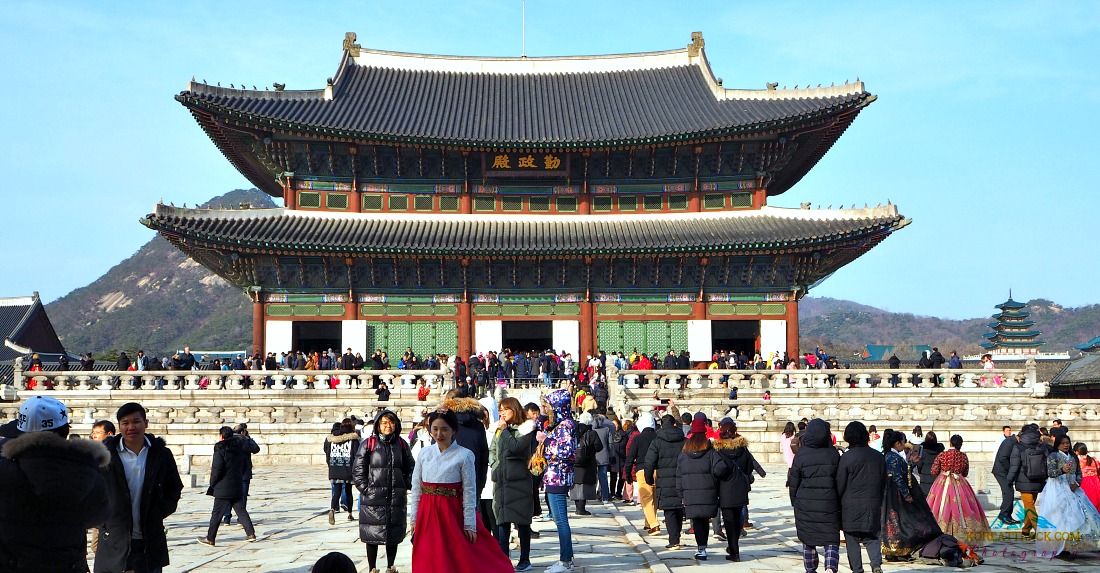
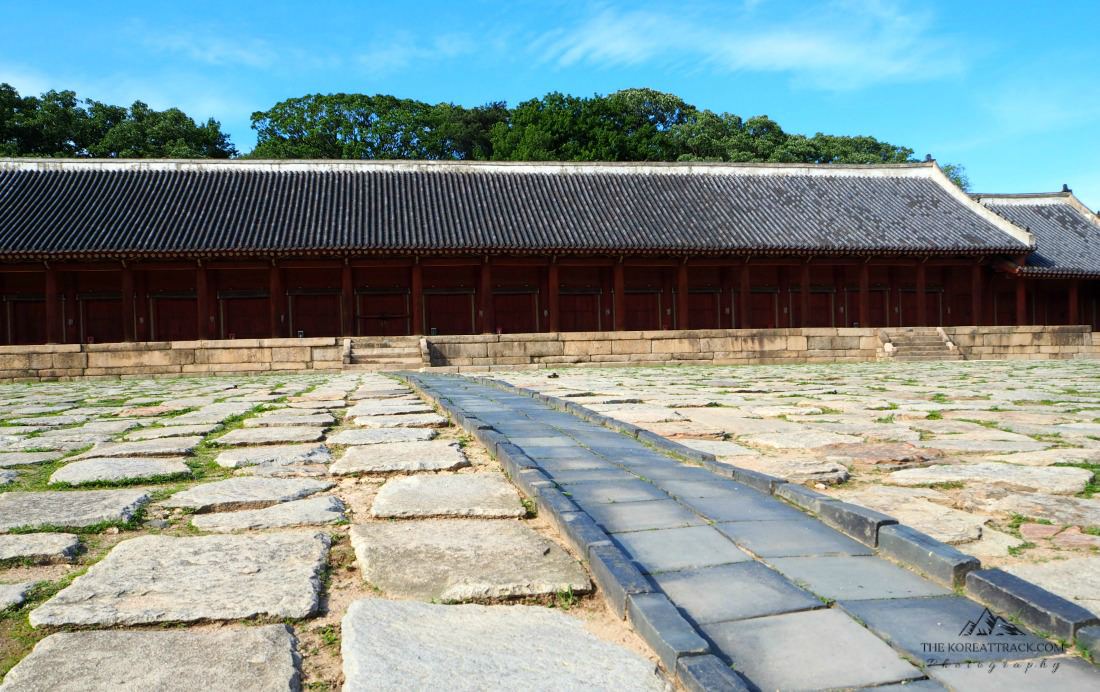
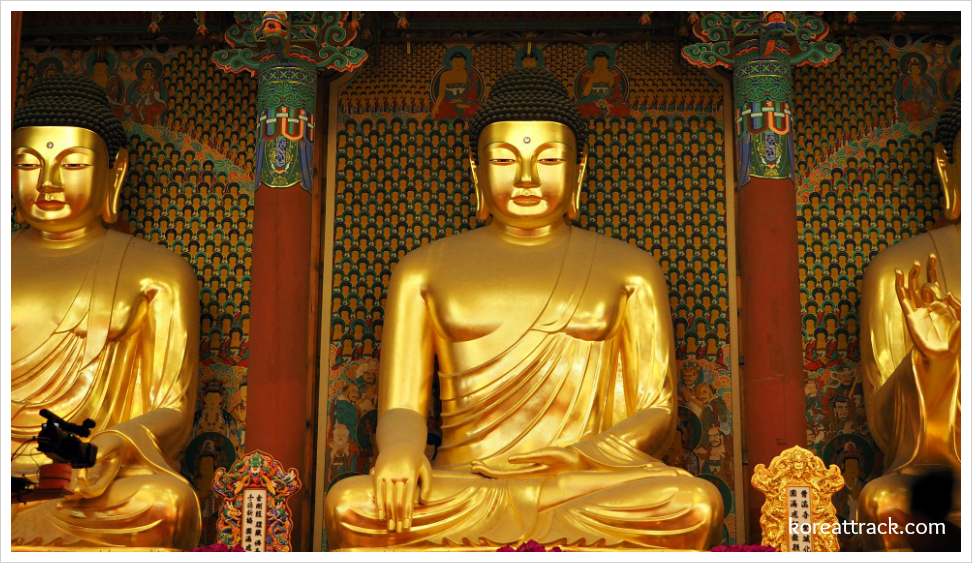
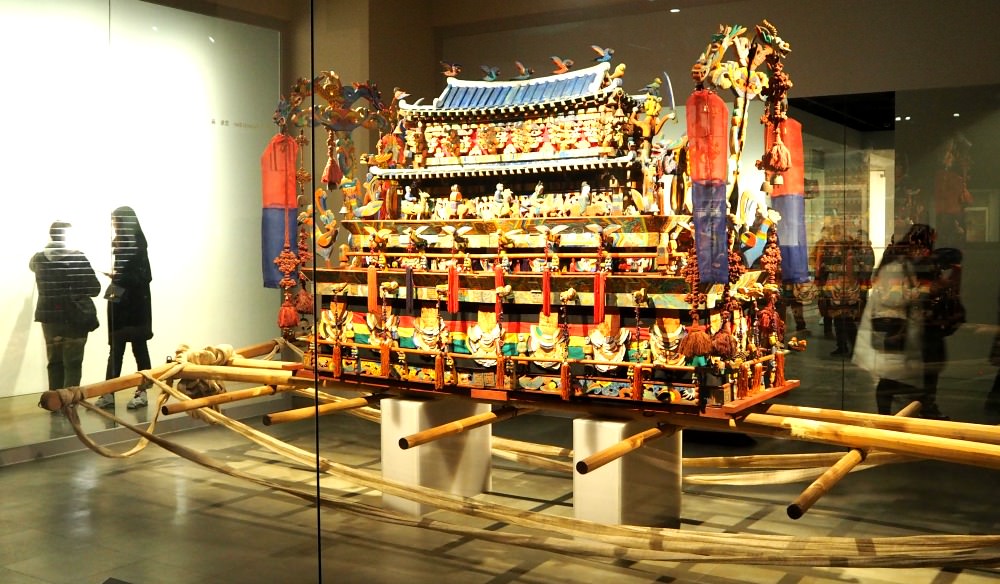
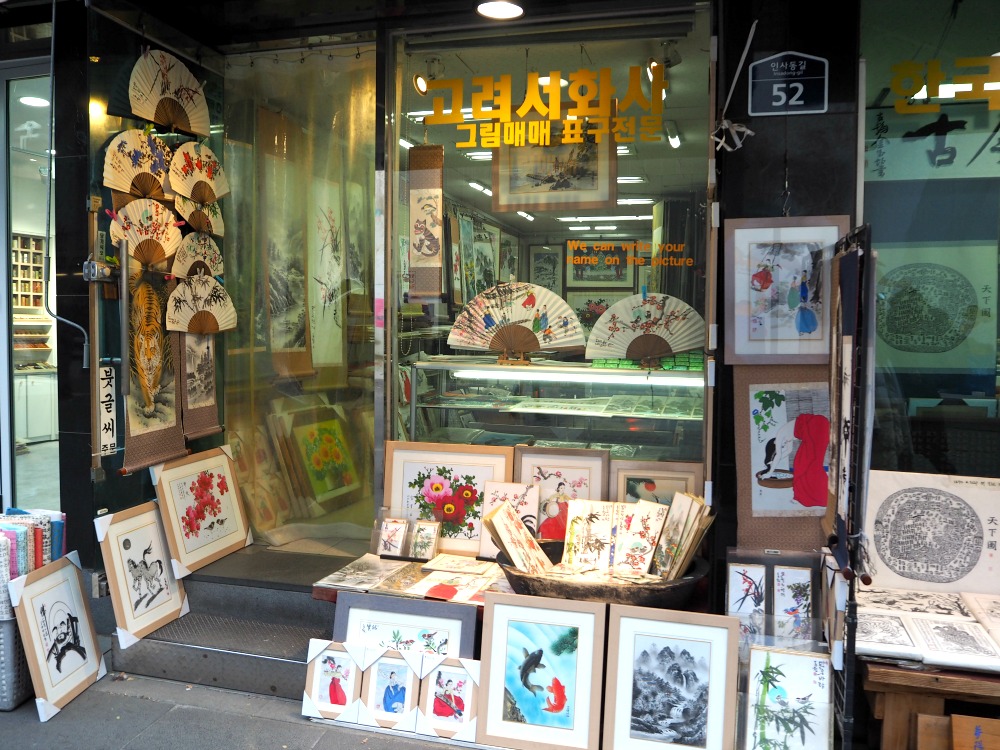
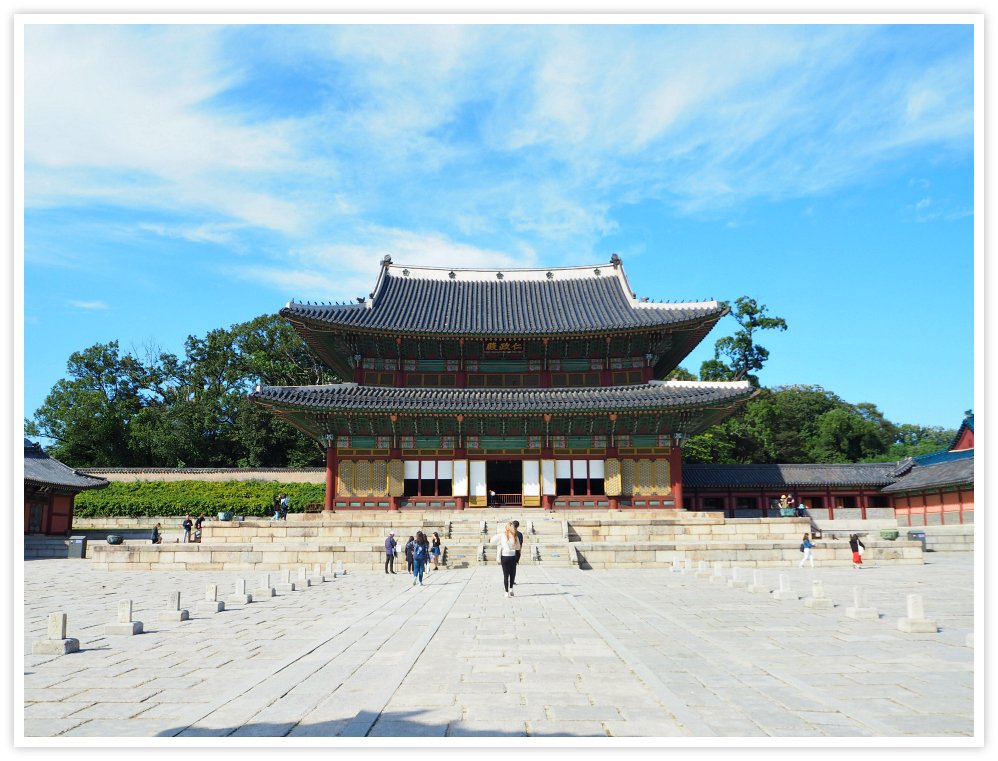
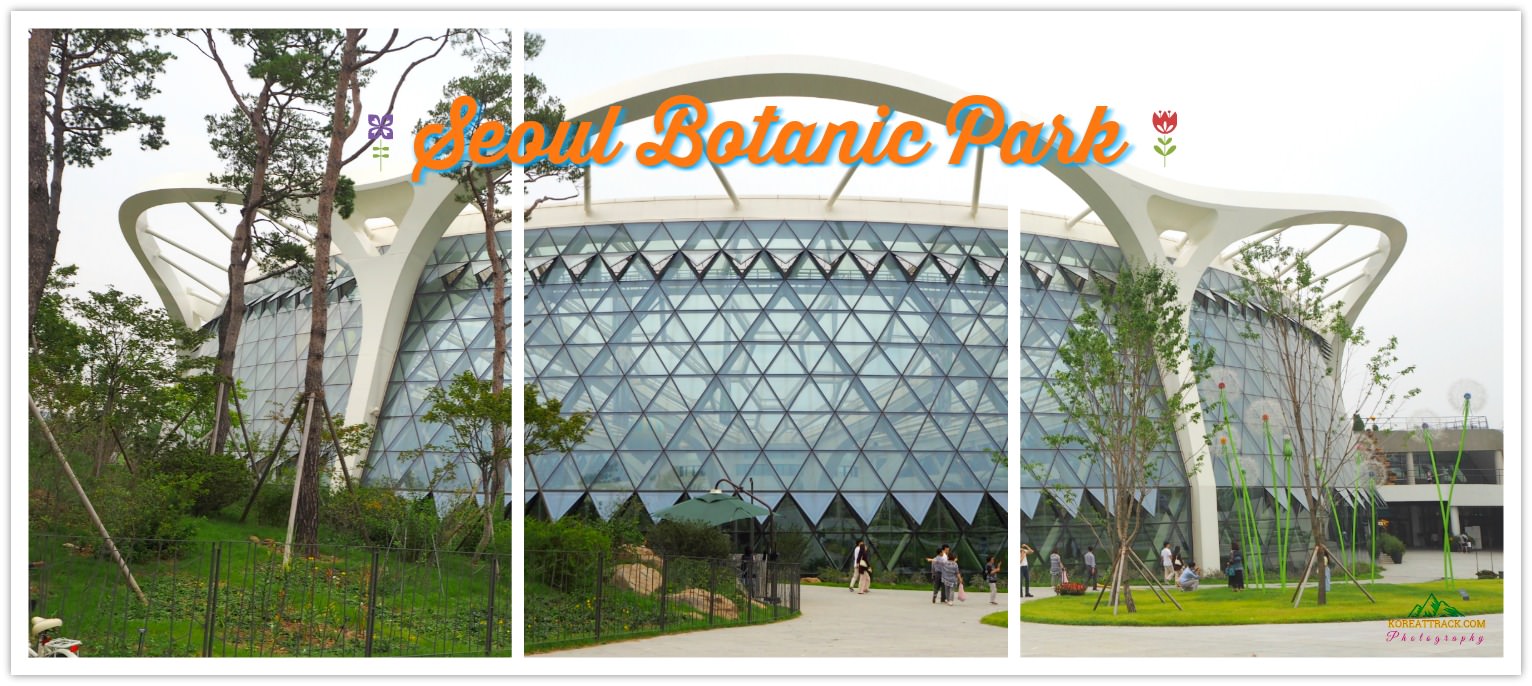
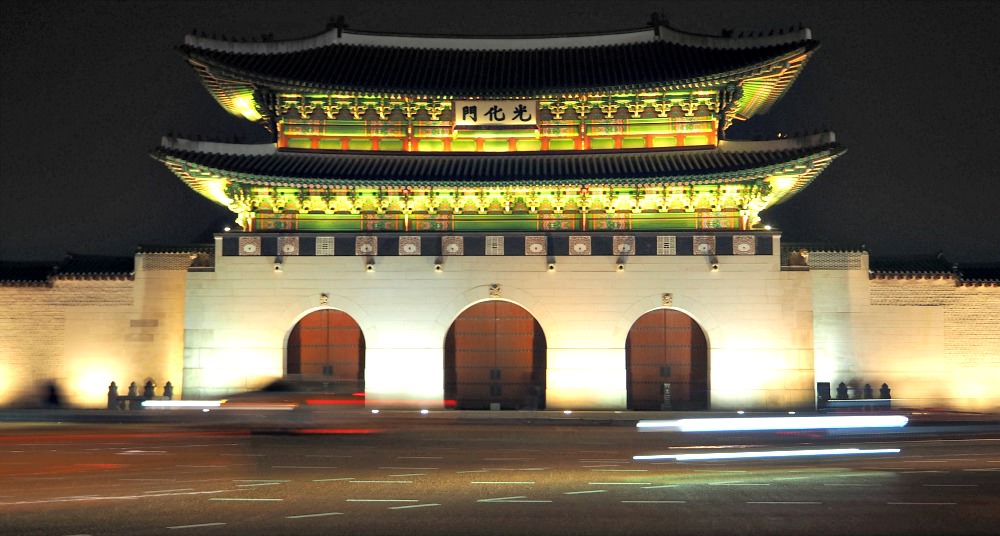





New! Comments
What do you think about this page? Leave me a comment in the box below.